MANDALA AND FRACTAL THINKING IN SOUTHEAST ASIA AND THE PACIFIC
Mandala and fractal thinking in Southeast Asia and the Pacific
A mandala again, in this analysis, is a way of viewing or representing the cosmos, or a part of the cosmos seen as the whole in microcosm. The term fractal refers to a geometric shape that can be broken into fragments that are copies or approximations of the whole. In sociology and ethnology, the term fractal applies to ways of visualizing the cosmos as consisting of parts that are smaller copies or approximations of the whole — the macrocosm.
Fractal Cosmos, Fractal Person, Distributed Person
Thomas Reuter in Sharing the Earth, Dividing the Land: Land and Territory in the Austronesian World describes Austronesian society using indigenous metaphors that relate the self and the community to trees and other plants.
Botanic metaphors are among the most commonly used metaphors for social relationships in the Austronesian world. The source ancestor of a clan or founding clan of a village, for example, may be referred to as the ‘trunk’ or ‘root’ and his descendant or newcomer clients as the ‘leaves’ or ‘tips’ of the same tree. Similarly in a topogeny, the place of origin is usually the ritual centre or ‘trunk’ of the domain, to which a path of origin is ceremonially traced back along one or several ‘branch’ villages, beginning from the newest settlements or ‘tips’. The people who reside at, or in some other way can lay claim to, the origin site tend to maintain a position of ritual precedence or of political authority in the domain, but rarely both. Botanic metaphors generally suggest a segmentary process of spatial expansion due to organic growth from within, but can and are applied also within local societies featuring a population with multiple origins
….an underlying Austronesian territorial concept that envisages a shared social identity based on a specific ‘foundation event’. Many Gumai villages in the South Sumatran highlands are thought to have been established by, and thus trace their ‘origin’ to, a single ancestor, the puyang Ketunggalan Dusun. Villages contained a small ancestor house (lunjuk or rumah puyang) for the spirits of the founding ancestors, where rituals would be held to commemorate the village origins. The morpheme pu in puyang could be a reflex of puqun, which is a Proto-Malayo-Polynesian reconstruction meaning ‘tree’, ‘trunk’, ‘base’ or ‘source’. Villages are inhabited by the descendants of the puyang and their affines. The population is divided into origin groups called jungkuk which are ranked in order of precedence based on birth order and ritual seniority.
The idea of the “trunk” and the “tip” takes on fractal dimensions as Mark S. Mosko points out in “The Fractal Yam: Botanical Imagery and Human Agency in the Trobriands”:
As Jim Fox and his collaborators on the Comparative Austronesian Project have amply demonstrated, the arboreal idiom of ‘base’, ‘branch’ and ‘tip’ animates the origin structures of precedence of many if not most societies of the Austronesian world…Based on recent ethnographic enquires at Omarakana, the site of Malinowski’s original fieldwork, this paper argues that the sequential recursiveness of base-branch-tip across North Kiriwinan contexts is fractally structured – borrowing a notion from chaos theory. The production of every ‘tip’, in other words, becomes the condition or ‘base’ of further base-branch-tip transformation, and so on.
The generation of self-similarity at every new tip applies quite broadly not only to Austronesian society, but also to the other non-Austronesian societies in the region.
In Kapampangan culture, the trunk or source is known as pun, which can also mean the chief or leader, who in ancient times was likely a “fractal chief.” One’s relatives or siblings can be known as capsifrom the word apsi ”small branches.” Bergano defines capsi as “el un hermano, o pariente porque vienen de un tronco.” The “tronco” or ‘trunk” here again is the pun.
The most ancient ruler was likely the clan leader, or pun, who like the latter chiefs, kings and emperors was seen as a personification of the community, kingdom or world, and like the original Cosmic Being was expected to “distribute” him or herself, at least ritually, to his or her followers.
According to Bergano, the opposite of pun is sepu – a word referring among other things to the tip of a leaf. The word sepu can also mean “history” as in one’s clan history, the history of a village or nation, or history in general. From this word, Bergano mentions the derived form casesepuan “ultimisimo de la historia” (the last part of history), which might also be related to one of his definitions for the word sukuas “the end of time.”
The Rurutu deity Tangaroa or A’a represents the “Fractal Person” at the cosmic level — the pantheistic concept of the cosmos as a person or other microcosmic form that generates similar smaller forms in the “creation” of the cosmos. In the sculpture above, A’a generates other deities and humans as his eyes, nose, knees, etc. (Source:http://detoursdesmondes.typepad.com/dtours_des_mondes/anthropologie_de_lart/)
The depiction of fractal thinking appears quite early in this region. For example, the Lapita motif below, dated to about 1000 BCE, shows “face” motifs that are believed to have been widely used by the Lapita culture.
The image above shows both larger and smaller face motifs as demonstrated below.
You can also rotate the image 180 degrees to double many of the face images. Note that the highly stylized face motif that borders this “mandala” creates many face images. Click on image for larger view.
The image to the left is taken from Art and Agency showing Marquesan tattoos with “hand faces.”
From Art and Agency, tattoos and mask showing mata hoata ”faces,” and ipu“eyes.”
Mata hoata faces on leg, from the Marquesas. For more images, see:http://www.flickr.com/photos/runningafterantelope/sets/72157608481767555/
Variations of the etua motif (squatting figure motif, etua = deity, deified ancestor) from the Marquesas showing the number of ways the local artists could represent the “Distributed Person.”
Fractal tortoise
Knots, knotted cords and carvings with knots are also used to portray the interconnected objects/persons in the family, community or world. Some examples are the Malangan sculptures of New Ireland and the to’o knots of Tahiti.
The Malanggan sculpture from New Ireland with carved knots represents the distributed or fractal self. During death ceremonies, the breaking up and distributing of the carving is essential in passing on the land of the deceased to the involved parties. A bird is carved at the top of the sculpture. (Source:http://detoursdesmondes.typepad.com/dtours_des_mondes/anthropologie_de_lart/)
In Masantol, Pampanga, the myth of Mangatia or Mangetchay describes the Creator as a net-maker, which is the meaning of “mangatia,” and the cosmos is described as a great interwoven net. The image of a net stresses the interconnection of all things.
Imagining the world as mountain, tree
Earlier in this blog, I have described how the concept of the cosmos as a mountain was quite widespread in this region, if not throughout the world.
The depiction of this world mountain may come very early in this region depending on how one interprets symbols like concentric circles, triangles, spirals, etc. that appear in the very early Neolithic phase.
During the megalithic period, we see the rise of many types of terraced structures that in latter times where widely viewed throughout the SEA-Oceania region as representing mountains, and in many cases the World Mountain.
The megalithic period dates to around 3000 BCE from the Peinan Culture in Taiwan, with the specific evidence of terracing dating to about 2000 BCE from sites like Gio-Linh in Vietnam. Megalithic monuments in Island Southeast Asia associated with Neolithic culture also show evidence of terracing that increases during the Bronze Age.
Many of the well-known Hindu-Buddhist temples in Southeast Asia are actually built over older pre-Hindu-Buddhist structures. For example, Borobudur in Java is built over an indigenous Javanese pyramid with three great stone terraces. Pre-Hindu-Buddhist terraced pyramids and platforms used for burial and ritual are found all over Java.
The use of terracing for both practical and ritual purposes is widely found during the Neolithic and Bronze Age periods in Southeast Asia. Such forms also extend out into the Pacific where we findmarae, the often cruciform-shaped paepae and similar platforms. On some small islands of the Pacific there are hundreds or even thousands of these stone platforms.
At some point, it may be that the terraced mountainside became associated with depictions of the World Mountain.
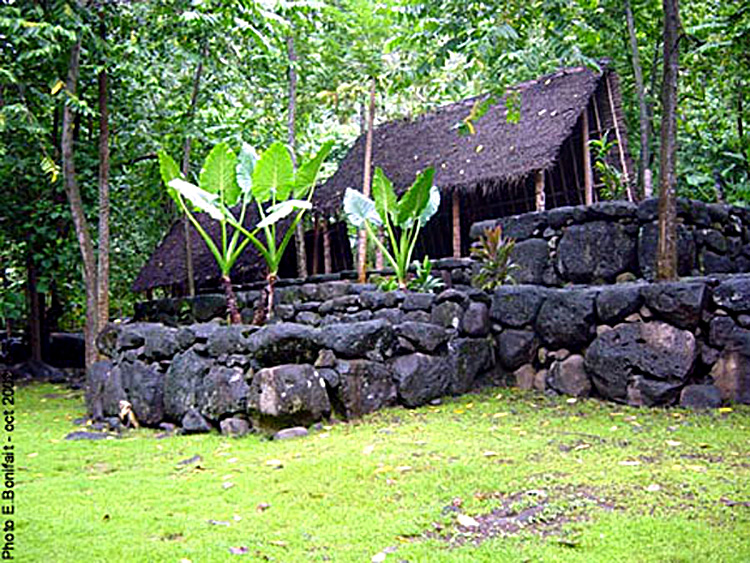 http://www.insidemystery.org/hakaui-1971/arrival.html)
http://www.insidemystery.org/hakaui-1971/arrival.html)
The building plan of Borobudur in Java from overhead showing the cruciform staircases leading from the four directions to the apex or summit of this stone mountain-pyramid. The slightly cruciform lower terraces lead to the circular terraces near the summit. (Source:http://commons.wikimedia.org/wiki/File:Borobudur_Mandala.svg)

The top of this Dongson bronze drum (northern Vietnam) might be a representation of a mandala with concentric circles showing depictions of the world. Click on image for larger view. (Source: http://www.asianart.com/asianartresource/d10479.html)
The Borobudur stupa from Java has often been described as a mandala in stone. Although a Buddhist monument, Borobudur possesses characteristics of Southeast Asian temple architecture including the terraced pyramid form and the use of a cruciform building plan that were evident in pre-Hindu-Buddhist structures.
On many Tibetan cloth mandalas (thangkas), we see depictions of “palaces” from an overhead view with the “gates” and other features that need to be displayed shown in a “flattened” out manner.
Kalachakra Mandala depicting palace as seen from above with gate towers flattened out. There are three concentric levels of terraces with the gates leading to the apex of the palace. Click here for larger image.
The cruciform staircases at the four quadrants of Borobudur lead through gates with foilage-spewing carvings of Kala, the demon of time. The word “kalacakra” means cycle of time, and we can note also the gates of the palace in the Kalacakra Mandala. (Source:http://commons.wikimedia.org/wiki/Category:Borobudur_entrances_and_stairs)
 http://commons.wikimedia.org/wiki/Category:Borobudur_entrances_and_stairs)
http://commons.wikimedia.org/wiki/Category:Borobudur_entrances_and_stairs)

Click on image for full size. (Source:http://www.jps.auckland.ac.nz/document/Volume_48_1939/Volume_48,_No._189/The_Tuamotuan_creation_charts_by_Paiore,_by_Kenneth_P._Emory,_p_1-29/p1?action=null#)
In the image above, “creation” is shown as a stepwise process through time and space represented in the form of a concentric mandala. Click on image for larger view.
The Cosmic Person or Fractal Person that represents the cosmos can be a human, an animal like a dog, lizard or whale, a tree, or an “inanimate” object like a mountain since all these entities were viewed as fractal copies and parts of the greater Cosmic Being.
Regards,
Paul Kekai Manansala
Sacramento
References
Chiu, Scarlett, Detailed analysis of Lapita Face Motifs: Case Studies from Reef/Santa Cruz Lapita Sites
and New Caledonia Lapita Site 13A,http://epress.anu.edu.au/terra_australis/ta26/pdf/ch15.pdf, 2007.
Gell, Alfred. Art and Agency: An Anthropological Theory. Oxford: Clarendon, 1998.
Mosko, Mark S. 2009. “The Fractal Yam: Botanical Imagery and Human Agency in the Trobriands”. The Journal of the Royal Anthropological Institute. 15, no. 4: 679-700.
Reuter, Thomas Anton. Sharing the Earth, Dividing the Land: Land and Territory in the Austronesian World. Canberra: ANU E Press, 2006, 25.
Schellinger, Paul E., and Robert M. Salkin. Illustrated Encyclopedia of Historic Places: Asia and Oceania. New Delhi: Aryan Books International, 1997, 147.
Smith, Ralph Bernard, and William Watson. Early South East Asia: Essays in Archaeology, History and Historical Geography : [Papers ... Submitted to a Colloquy on Early South East Asia Held at the School of Oriental and African Studies, London, in September 1973]. New York: Oxford U.P., 1979, 180.
Paul Kekai Manansala


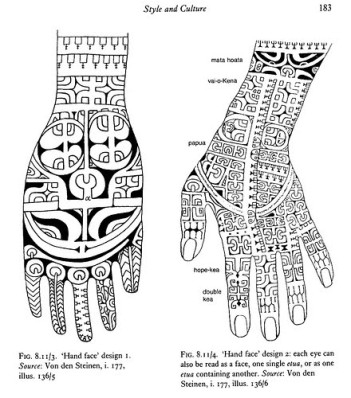
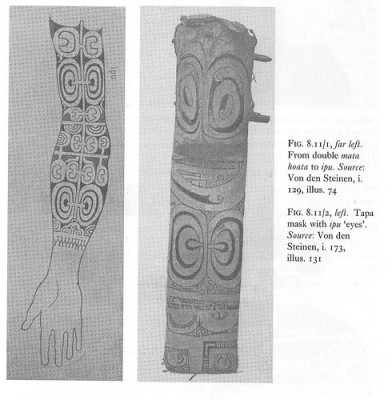



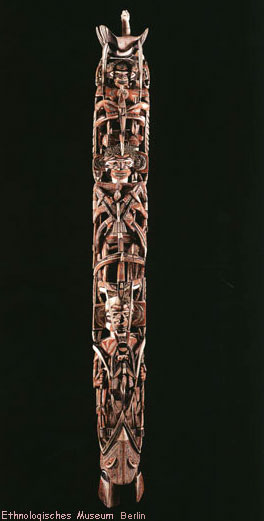
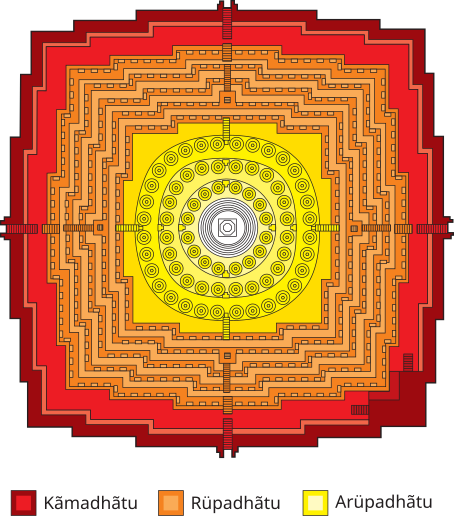

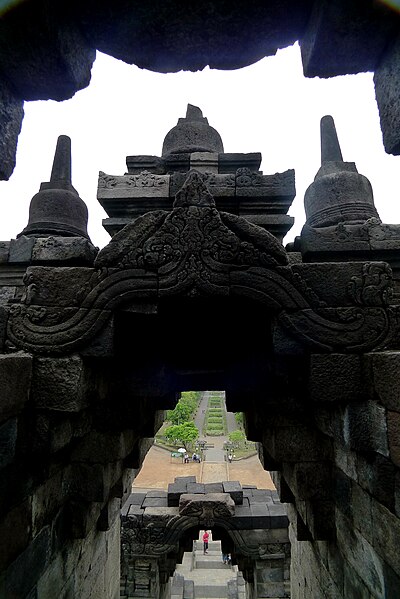



0 Komentar:
Posting Komentar
Berlangganan Posting Komentar [Atom]
<< Beranda